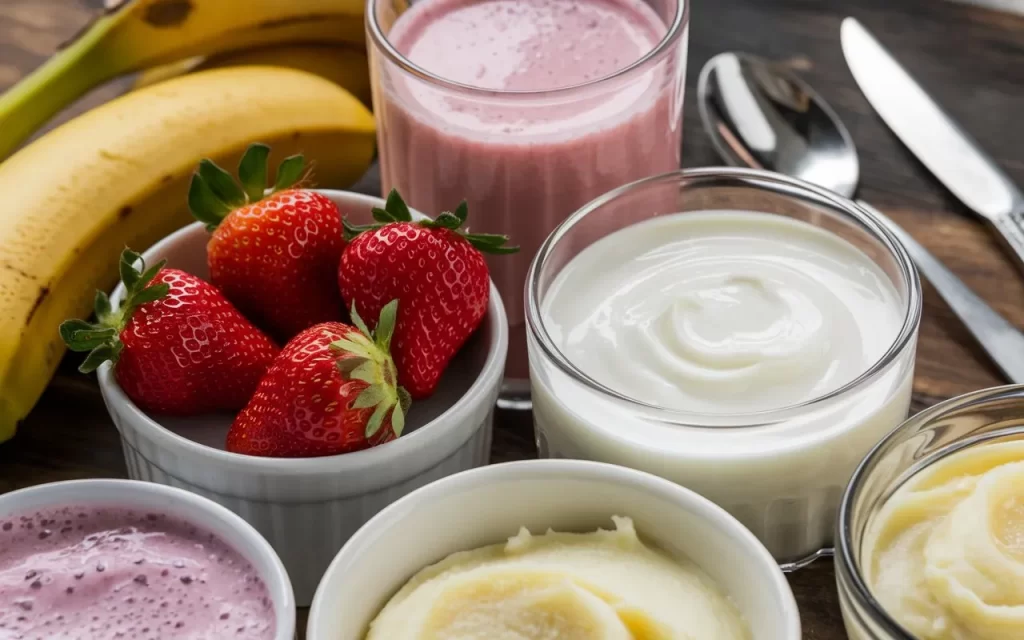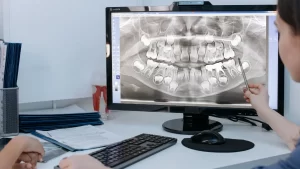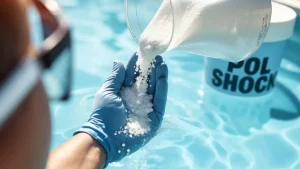Table of Contents
If you’ve recently had a tooth extraction, you might be wondering, what can you eat after tooth extraction? A balanced diet is crucial to your recovery; choosing the proper meals can make a big difference. This article will guide you through soft, gentle food options for your healing gums, along with the latest exciting updates and tips to ensure a smooth recovery.
What can you eat after tooth extraction? Why Your Diet Matters After Tooth Extraction
After a tooth extraction, your mouth needs time to heal; eating the right foods can aid this process. The focus keyword, “What can you eat after tooth extraction?” highlights the importance of choosing foods that will not disturb the extraction site or cause discomfort. Hard, crunchy, or sticky foods can aggravate the area and cause problems. Therefore, sticking to soft, soothing foods that promote healing and prevent infection is essential.
Importance of a Soft Diet
A soft diet reduces the risk of damaging the extraction site and helps avoid pain. It also prevents particles from getting stuck in the wound, which could lead to infection. A soft food diet supports your body’s natural healing process and ensures a faster recovery.
What can you eat after tooth extraction? Top Soft Foods to Consume Following Tooth Extraction
So, what can you eat after tooth extraction? These are a few of the most significant soft food choices that are nourishing and easy on the mouth.
Smoothies and Soups
Smoothies are an excellent choice because they can be loaded with nutrients and are simple to eat. Use fruits like bananas, avocados, and berries. Steer clear of straw used as suction may interfere with healing.
Soups are also great, especially if they are smooth and not too hot. Opt for pureed soups such as tomato, pumpkin, or butternut squash. These are soothing and easy to swallow, providing essential vitamins and minerals without chewing.
Mashed Potatoes and Applesauce
Mashed potatoes are soft and comforting, making them ideal after a tooth extraction. They are easy to prepare and can be flavoured with butter or cheese for added taste.
Applesauce is another good option. It’s smooth, easy to eat, and provides a bit of sweetness without chewing. Plus, it contains vitamins that are beneficial for your recovery.
Yogurt and Cottage Cheese
Yogurt is smooth and relaxed, which can help soothe your mouth. It also contains probiotics, which are suitable for digestion. Go for plain yogurt to avoid flavours and added sugars.
Cottage cheese is another soft food that is gentle on the extraction site. It’s also high in protein, which is essential for healing.

What can you eat after tooth extraction? Foods to Avoid After Tooth Extraction
It is knowing what to eat and avoid after a tooth extraction is crucial. Some foods can impede recovery or cause discomfort.
Hard and Crunchy Foods
Avoid foods like nuts, chips, and popcorn. These can be very hard and crunchy, potentially causing pain and irritation to the extraction site.
Sticky Foods
Taffy and other sticky foods, such as caramel, can become lodged in wounds and cause the spread of infection. They can also be challenging to clean from the area, making it harder to maintain oral hygiene.
Hot and Spicy Foods
Hot foods can cause discomfort and may even slow down the healing process. It is best to stick to foods that are cool or at room temperature. Avoiding hot meals is advised because they could make the extraction site worse.
Also Read: Can You Have Strep Without a Fever? Uncover the Truth!
What can you eat after tooth extraction? Latest Updates and Tips for a Smooth Recovery

Here are some of the latest tips and updates for a smooth recovery after a tooth extraction.
Follow Your Dentist’s Advice
Always adhere to the advice given by your oral surgeon or dentist. Based on your case, they will make precise recommendations to you. This may include guidance on diet, oral care, and activities to avoid.
Keep Your Mouth Clean
Maintaining oral hygiene is crucial for preventing illnesses. Rinse your mouth lightly with salt water after eating to help keep the area clean. Till your dentist gives you the all-clear, refrain from brushing directly on the extraction site.
Hydrate and Rest
Staying hydrated is essential for general health and recovery. Sip lots of water, but refrain from using a straw. Get as much rest as possible to hasten your body’s healing.
So, what can you eat after tooth extraction? Opt for soft, soothing foods like smoothies, soups, mashed potatoes, and yogurt. Avoid hard, crunchy, sticky, and spicy foods to ensure a smooth and speedy recovery. Following these guidelines and your dentist’s advice will help you heal effectively and comfortably.
Recall that nutrition is a significant factor in recovery. Choosing the right foods and caring for your mouth can support your body’s natural healing and help you quickly return to your routine.





